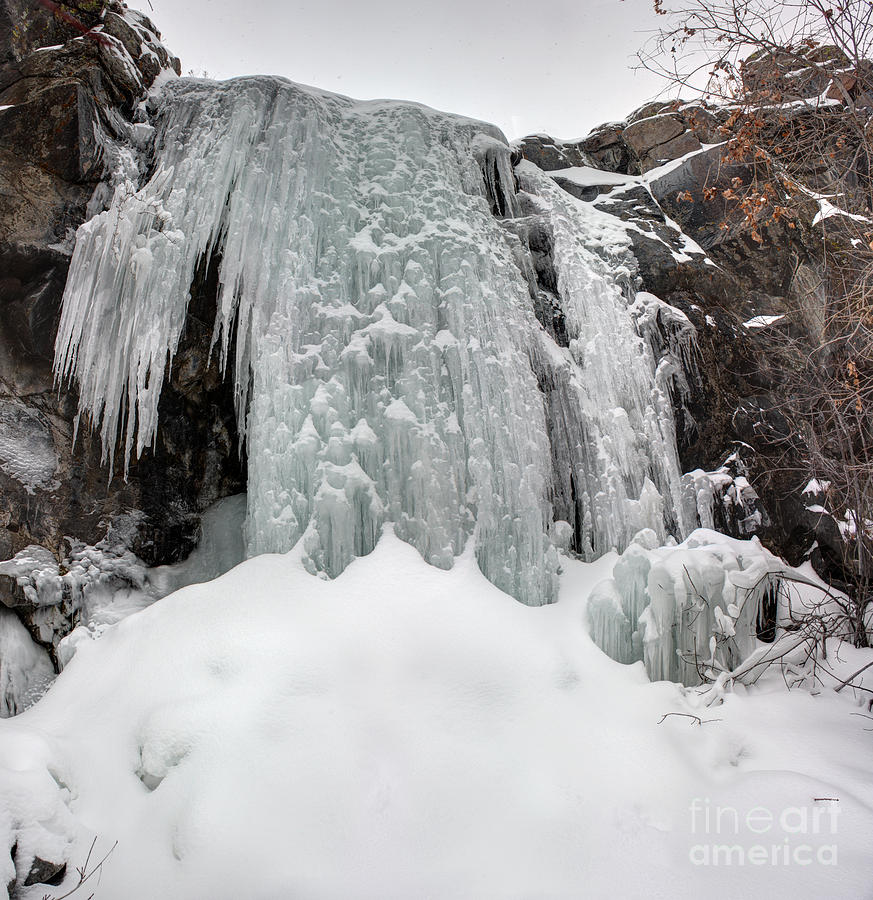

This makes it the tallest mountain known in our solar system. Mars has a prominent volcano named Olympus Mons, which stands 69,800 feet above the Martian surface.

Mars does have many terrain features similar to Earth, such as canals, canyons, mountains and volcanoes. In addition, features near the south pole may have been produced by glaciers which are no longer present. Evidence of climatic cycles exists, as water ice is formed in layers with dust between them. White caps of water ice and carbon dioxide ice shrink and grow with the progression of winter and summer at the poles. Seasons do exist on Mars, as the planet tilts on its axis about 25 degrees. At the Viking II Lander site, frost covered the ground each winter. Because of Mars' very low atmospheric pressure, any water that tried to exist on the surface would quickly boil away.Īlthough water in Mars' atmosphere is only about 1/1000th of the Earth's, enough water vapor exists that thin, wispy clouds are formed in the upper layers of the Martian atmosphere as well as around mountain peaks. At present, Mars' water appears to be trapped in its polar ice caps and possibly below the surface. The meteorite was dated back 4.5 billion years and some evidence of microscopic life was left in the rock. In addition, a NASA research team in 1984 found a meteorite in Antarctica which may have come from Mars. No flowing water is present today, but NASA announced on Mathat the two rovers, Spirit and Opportunity confirmed liquid water once flowed on Mars. Evidence does exist in the terrain that water has eroded some of the soil. But it is not clear what is producing this green color as it certainly is not vegetation. Mars' red color comes from its reddish rock, sand and soil which encompasses about 5/8 of the surface. These windstorms are common on the red planet, lifting rust-colored dust well up into the atmosphere encircling the entire globe.

The craters have probably been weather worn over the years by fierce windstorms, some of which can cover the entire planet. The surface is cratered, but not as much as our Moon or Mercury. A fascinating panoramic view of the martian surface was taken (picture below) in 1997 by the Pathfinder mission. Various probes over the past few decades have found the surface of Mars to be rather desert like. in the wintertime at the poles, to +70 degrees F. However, temperatures range from around -220 degrees F. Temperatures on Mars average about -81 degrees F. Mariner 4, which flew by Mars on July 14, 1965, found that Mars has an atmospheric pressure of only 1 to 2 percent of the Earth's. However unlike Venus, the Mars atmosphere is very thin, subjecting the planet to a bombardment of cosmic rays and producing very little greenhouse effect. This means since it orbits Mars faster than the planet rotates, the satellite rises in the west and sets in the east if observed from the Martian surface.Ītmosphere and Weather: The Martian atmosphere is composed primarily of carbon dioxide. An interesting side note the inner moon, Phobos, makes a revolution around Mars in slightly more than seven hours. Deimos and Phobos have diameters of just 7 miles and 14 miles, respectively. They are most likely small asteroids drawn into Mars' gravitational pull. Mars has two tiny satellites, named Deimos and Phobos (shown below). It revolves around the Sun every 687 days and rotates every 24.6 hours (nearly the same as Earth). Mars is the last planet of the inner four terrestrial planets in the solar system at an average distance of 141 million miles from our Sun. National Aeronautics and Space Administration (NASA): We recommend for facts about Mars that you check out the following pages provided by the U.S. Editor's Notice: The content found on this page has been found outdated and we will be deleting this page soon.


 0 kommentar(er)
0 kommentar(er)
